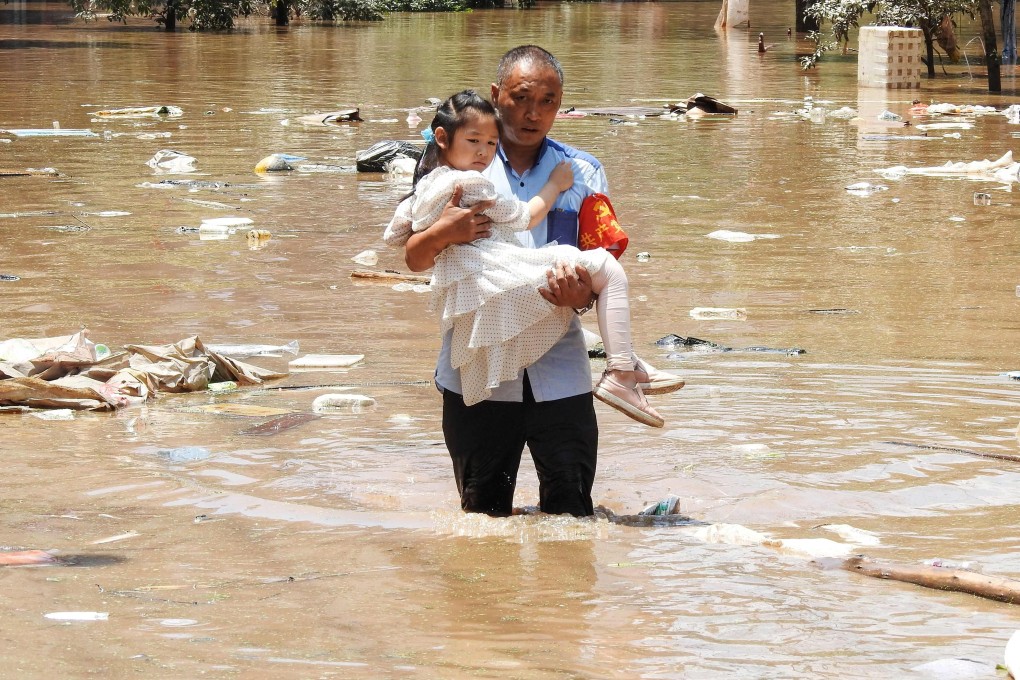Advertisement
Climate change could bring China more frequent disasters and add a month to Beijing summer: report
- As southwest reels from floods and landslides, report shows how climate damage and risk in country’s most dense regions have changed over 60 years
- Greenpeace suggests summers could become longer by as many as 28 days in Beijing, 24-28 days in Shanghai and more than 40 days in the Pearl River Delta
Reading Time:2 minutes
Why you can trust SCMP
0

Extreme weather events have been a dominant theme across the Pacific this summer, prompting Greenpeace experts in China to appeal for greater awareness of climate risk and response.
In cities in America’s Pacific northwest, including Portland and Seattle, the US National Weather Service saw record high temperatures in late June. The heatwave has killed about 200 people in the United States and about 500 people in British Columbia, Canada.
In China, hundreds of thousands of people had to berelocated in the southwestern province of Sichuan by Monday because of floods and landslides.
Hotan, a city in the south of China’s largest desert, the Taklamakan, in the far west region of Xinjiang, broke a rainfall record in June.
Some 50mm (1.9 inches) of rain hit the city on June 15, making it the highest rainfall recorded by the local weather bureau. That compares with the city’s average annual precipitation of 36.4mm, according to official data.
“The rainfall has increased in recent years. In Hotan, the rainfall in June is equivalent to the combined rainfall of the past two years,” a Xinjiang resident reported on Weibo, China’s Twitter-like platform.
Experts say climate change is expected to increase the frequency and intensity of extreme weather events, posing imminent and long-term threats to people’s health and sustainable development in society.
Advertisement